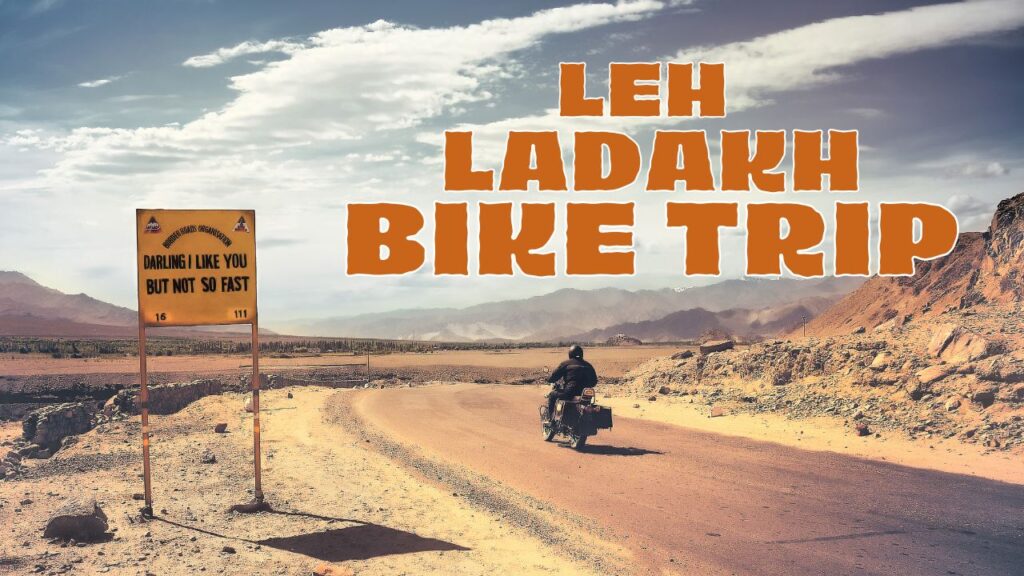A bike trip to Ladakh is not just about thrilling roads, dramatic landscapes, and high mountain passes—it’s equally a journey into a deeply spiritual land steeped in ancient traditions. As you ride through the valleys and villages of Ladakh, you’ll encounter numerous monasteries, also known as gompas, that have been preserving the region’s Buddhist culture for centuries.
These monasteries are not only iconic landmarks but also functioning religious institutions where monks live, study, and meditate. If your journey includes a stop at these sacred sites, it is important to understand and respect local customs and cultural etiquette. This guide explains how to responsibly experience monasteries on your Ladakh adventure and highlights how Cazel Group offers you the chance to explore them with local insight and sensitivity.
Understanding the Spiritual Significance of Monasteries in Ladakh
Ladakh is a region where Tibetan Buddhism is deeply rooted in everyday life. Monasteries like Hemis, Thiksey, Diskit, Alchi, and Lamayuru are more than just tourist attractions—they are spiritual centers that serve the local communities. Many of these gompas are over 500 years old and are known for their intricate architecture, sacred paintings (thangkas), statues, and annual festivals.
During a bike trip to Ladakh, you’re likely to pass or visit several of these monasteries. Knowing their cultural importance will help you appreciate them better and interact with the locals more respectfully.
Dress Modestly When Entering Monasteries
One of the most basic yet important rules when visiting monasteries is modest dressing. While Ladakh’s climate can be unpredictable and biking gear is essential, it’s advisable to keep a scarf or light jacket handy to cover your arms or shoulders if needed.
Avoid wearing shorts, sleeveless tops, or tight-fitting clothes inside the monastery premises. Some monasteries may offer shawls at the entrance for visitors, but it’s better to be prepared.
Remove Shoes Before Entering Prayer Halls
Before stepping into any prayer hall, remove your shoes as a mark of respect. Most gompa have designated spots near the entrance where visitors can leave their footwear. Walking inside with shoes is considered disrespectful, especially in spaces where monks meditate or perform rituals.
If you’re unsure whether to remove your shoes in a particular area, simply observe or ask a local monk or guide for direction.
Maintain Silence and Avoid Disruptions
A monastery is a place of worship and meditation. Speak softly and avoid playing loud music or speaking on the phone within or around monastery grounds. If you’re traveling in a group, keep conversations low and avoid creating any disturbance, especially if rituals or prayer sessions are in progress.
Photography is often allowed, but flash should be avoided. Always look for signs or ask permission before taking photos of monks or religious ceremonies.
Follow the Correct Clockwise Path
Most Buddhist monasteries follow the tradition of walking in a clockwise direction around sacred objects such as stupas, prayer wheels, or statues. This is known as “circumambulation” and is believed to generate good karma.
If you see locals walking around a stupa or spinning prayer wheels, follow their direction rather than going against the flow. This small gesture demonstrates your respect for local customs.
Respect Monastic Schedules
Monasteries in Ladakh often follow strict schedules for prayers, meals, and meditation. It’s important to time your visit appropriately so as not to interfere with these routines. Early mornings or late afternoons are usually the best time to visit, as midday is often reserved for monastic activities.
If you’re traveling with Cazel Group, their experienced team can guide you on the best times to visit each monastery, ensuring a peaceful and respectful experience.
Avoid Smoking or Littering in Sacred Areas
Smoking is strictly prohibited in the monastery premises. So is littering. These spaces are not only spiritually significant but also part of the fragile Ladakhi ecosystem. Carry your trash with you or dispose of it responsibly.
Make use of eco-friendly products and minimize plastic waste during your bike trip to Ladakh, especially when visiting remote monastery villages that have limited waste management infrastructure.
Support the Local Monastic Community
Many monasteries run on donations from visitors and the local community. If you appreciate the hospitality and spiritual beauty of the place, consider making a small contribution to help with maintenance or support young monks in training.
You can also purchase locally made souvenirs such as prayer flags, traditional masks, or hand-painted thangkas. Buying from monastery stores or approved local vendors ensures that your money contributes directly to the community.
Ride Responsibly Near Monasteries
When approaching monasteries on your bike, reduce speed and avoid honking unnecessarily. The peace and sanctity of these areas are integral to monastic life. Dust from speeding bikes can also be disruptive, especially in dry conditions.
With Cazel Group, bikers are encouraged to respect local environments and people. Their tours emphasize responsible riding practices that blend adventure with cultural awareness.
Participate in Cultural Exchanges Respectfully
In some monasteries, especially during festivals or community events, travelers might get a chance to interact with monks or local devotees. Always be respectful and patient. Avoid asking intrusive questions or making jokes about religious beliefs.
Learning a few phrases in the local Ladakhi or Tibetan dialect can be a great way to connect and show appreciation for the culture.
Conclusion
A bike trip to Ladakh is more than an adrenaline-fueled ride—it’s a chance to immerse yourself in the spiritual soul of the Himalayas. The monasteries you’ll pass or visit aren’t just tourist stops; they’re living traditions and symbols of resilience, peace, and devotion.
By following proper cultural etiquette—dressing modestly, maintaining silence, respecting traditions, and riding responsibly—you become not just a traveler but a respectful guest in Ladakh’s sacred spaces.
Plan your journey with Cazel Group to ensure that your adventure through Ladakh’s monasteries is not only memorable but also culturally respectful. Their curated bike tours offer deeper engagement with Ladakh’s landscapes and spiritual heritage, making your ride both exhilarating and enlightening.





